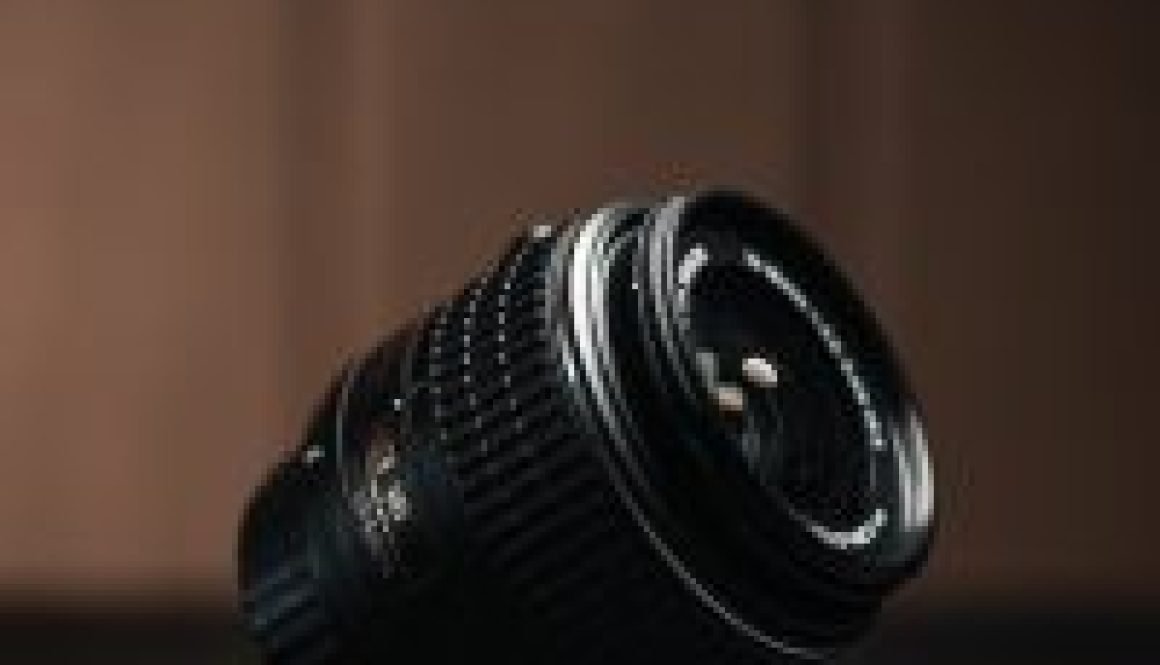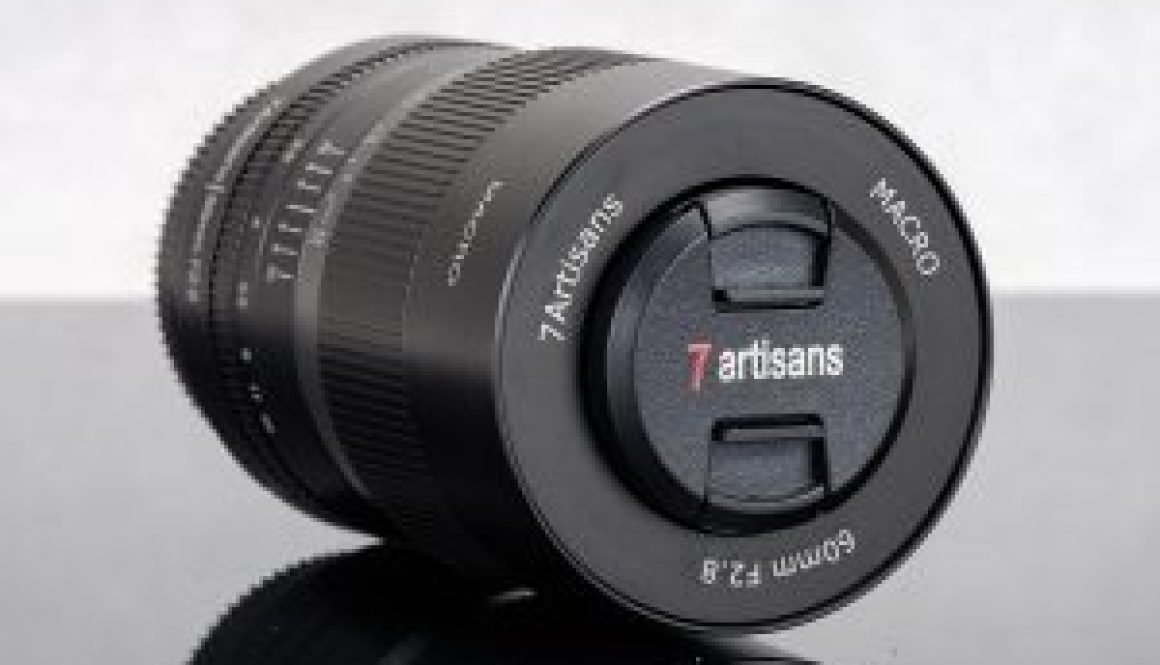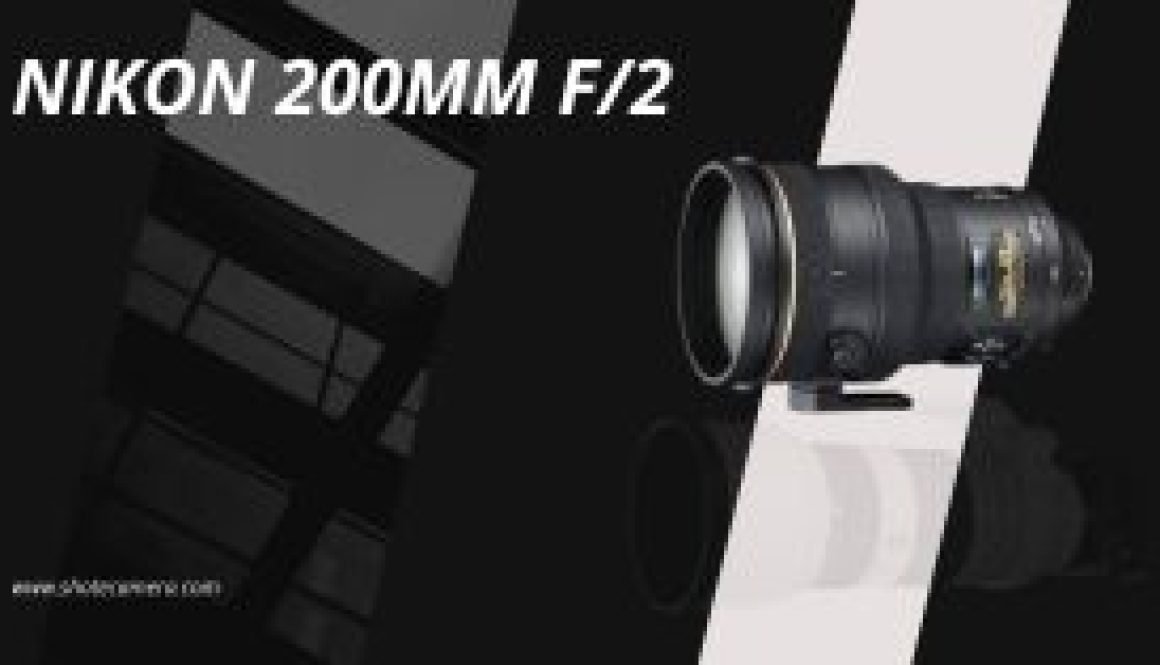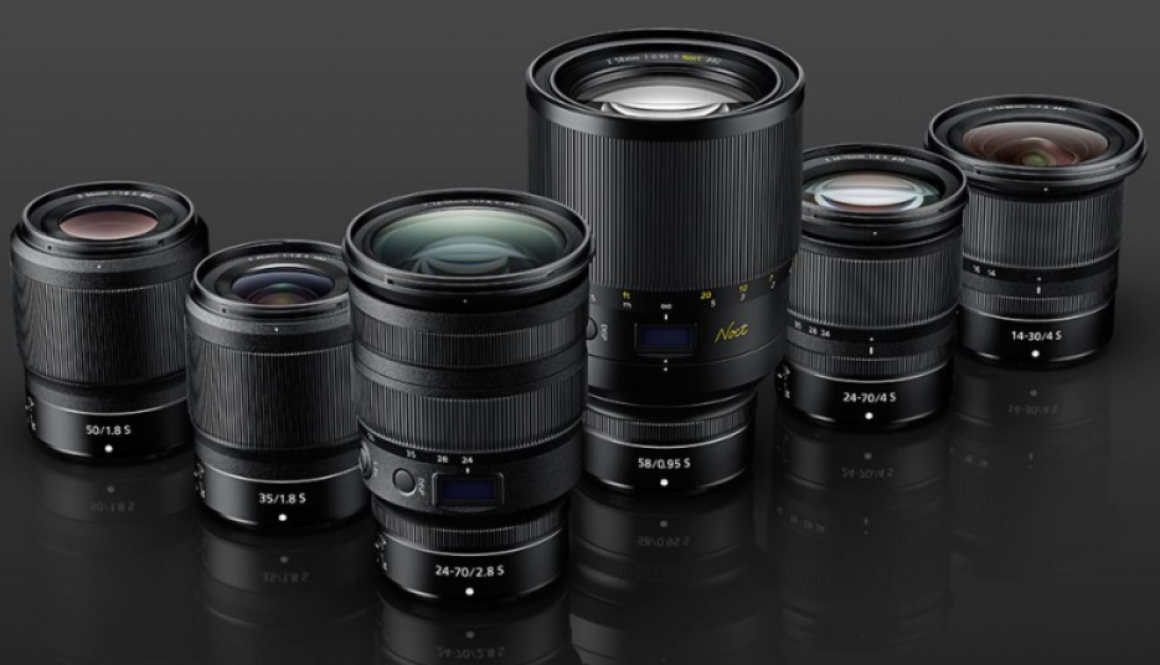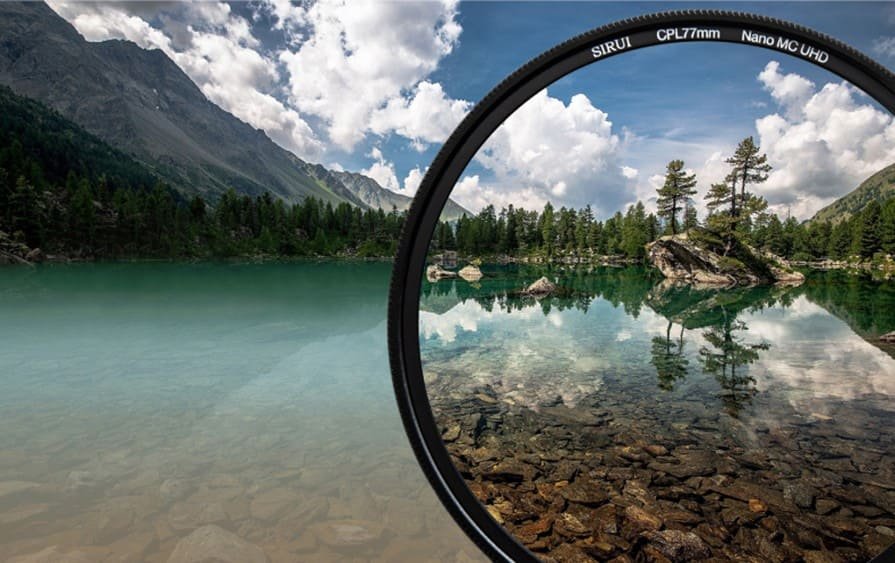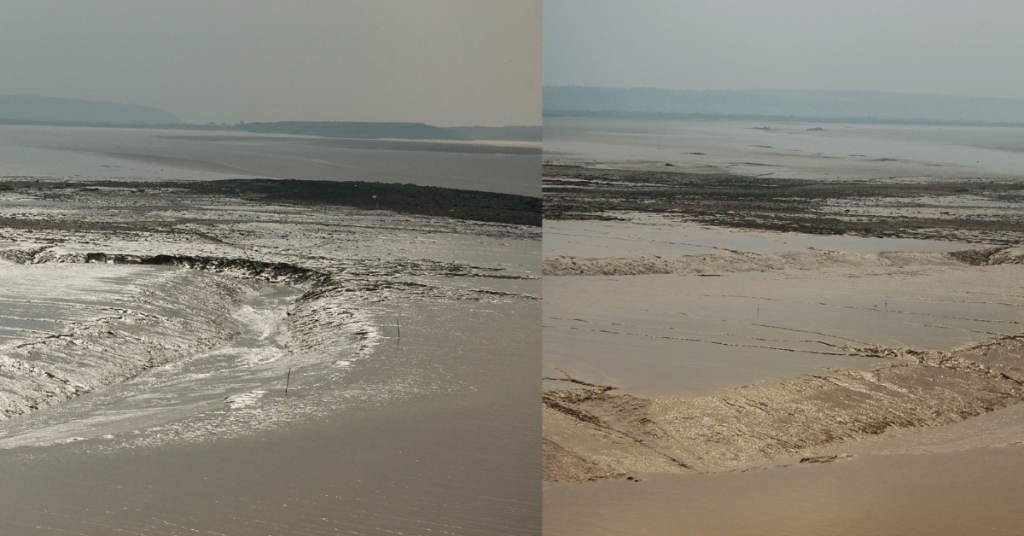Drone Footage: Elevating Photography to New Heights
Explore the captivating realm of drone photography, where limitations dissolve in the vast skies. Drone footage offers unparalleled perspectives, unveiling unseen vistas and pushing the boundaries of imagination. Delve into this guide to uncover the benefits, techniques, challenges, and tips for mastering drone photography.
2. Getting the Game on another layer by having aerial viewport
Using drones for inspections reduces time and costs, transforming the process. They’ve also revolutionized photography, enabling photographers to capture aerial views previously inaccessible due to expensive aircraft trips.
2.2 Unveiling Hidden Perspectives
Today, drones allow cameramen to capture landscape scenes from aerial viewpoints, revealing patterns and arrangements previously unseen. This democratizes aerial photography, making it affordable and accessible to all.
3. Making Your Shots Stand Out
3.1 Crafting Unique Compositions To separate yourself as drone shooter, composition and lighting should be your priority. Though the novelty of going above (and looking down on) the ground is self-evident, aesthetic realization of the compositions brings photos to a higher level than just showing off.
3.2 Utilizing Tools and Techniques
With Google Earth, you may begin to plan the composition of your shots and the flat-visualization of travel to the shooting locations. On the other hand, exploring the creations of other photographers, and constantly searching for stimulating sources could be a catalyst of your imagination as well.
4. Overcoming Challenges
4.1 Financial Considerations
Be it as it may, drones provide a unique view from the skies and tend to need a certain investment. Most of the time, people often use the excuse that money can buy tools, but it’s important to realize that only your talent is necessary to defend yourself.
4.2 Managing Image Quality
But drone cameras may not be able to match the quality of a DSLR focused on single point, their mobility balances it. Finally, photographers can use sophisticated editing software like Adobe Lightroom to apply final touches and fine-tune images collected by a drone. Use our AI to write for you about: A Surprising Firsthand Observation: The Transformative Power of Languages
4.3 Navigating Weather Conditions
One of the challenges that drone photography encounters is the weather, and there are the issues like changing wind direction as well as fog which interfere. To achieve great heights, one must learn about weather variations and exercise prudence when facing unfavorable conditions.
5. Mastering Piloting Skills
5.1 Prioritizing Safety and Compliance
Demonstrating skills of drone piloting is more than mere technical skills; it requires a personal commitment to safety congruence with the prerequisites and regulations. Being aware of FAA rules and regulations and also making sure you are respecting the privacy lines are very important.
5.2 Optimizing Flight Time
Energy disciplined operations of the drones remains vital since the battery life is limited. Preparation of missions needs extra care and chargers are always present because darkness can soon stop producing.
6. Conclusion
Drones bring creative perspectives and extensive possibilities as they give access to locations that have not been able to be photographed from such heights previously. If you want to break the ice and improve your skills, you endeavour face the challenges, and turn simple images into breathtaking breathtaking visual stories.
FAQs.
Q1: Question : Is a license required for photography drone flights?
A: Rightly, doing a pilot’s license is keystone for permissible drone operation, especially in the provision of fly compliance with aviation regulation and safety rule.
Q2: Can drones, shooters, get a clear shot in difficult weather conditions?
A: Drones can be used in different types of weather condition, but pilots must try to avoid flying when there is high wind or heavy rains in order to ensure imagery and flight quality is not affected.
Q3: What necessary skills must I possess to take good quality photos of dron?
A: An important part here can be to play with compositing, lighting and post-processing, that will make photographic images captured by drone appealing and thus make them stand out from the crowd as a precious piece of art.
Q4: Is there any location where a drone is allowed to fly for taking photographs?
A: Yes, particular areas like airports, national parks, and heavily occupied places have Temporary Restriction Zones for drones. Be cognizant of the local domiciliary norms, and abide strictly by them to minimize the risk of legal contention.
Q5: What policies are required to take care of the people and property from any mishaps in drone flights?
A: Put safety first by maintaining a safe distance away from people and objects, avoiding massive crowds, and exercising appropriate precautions in case of airing over sensitive areas.











